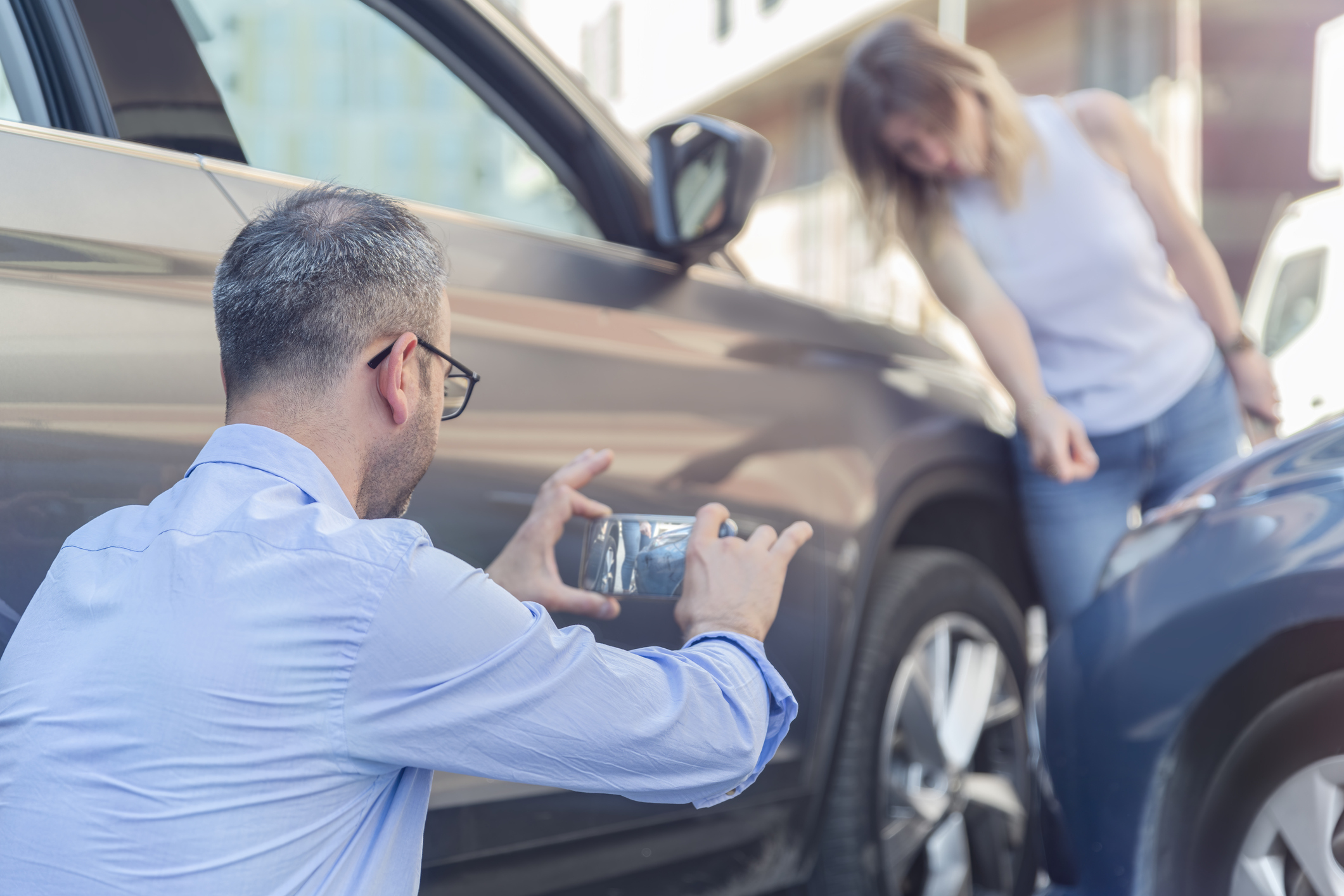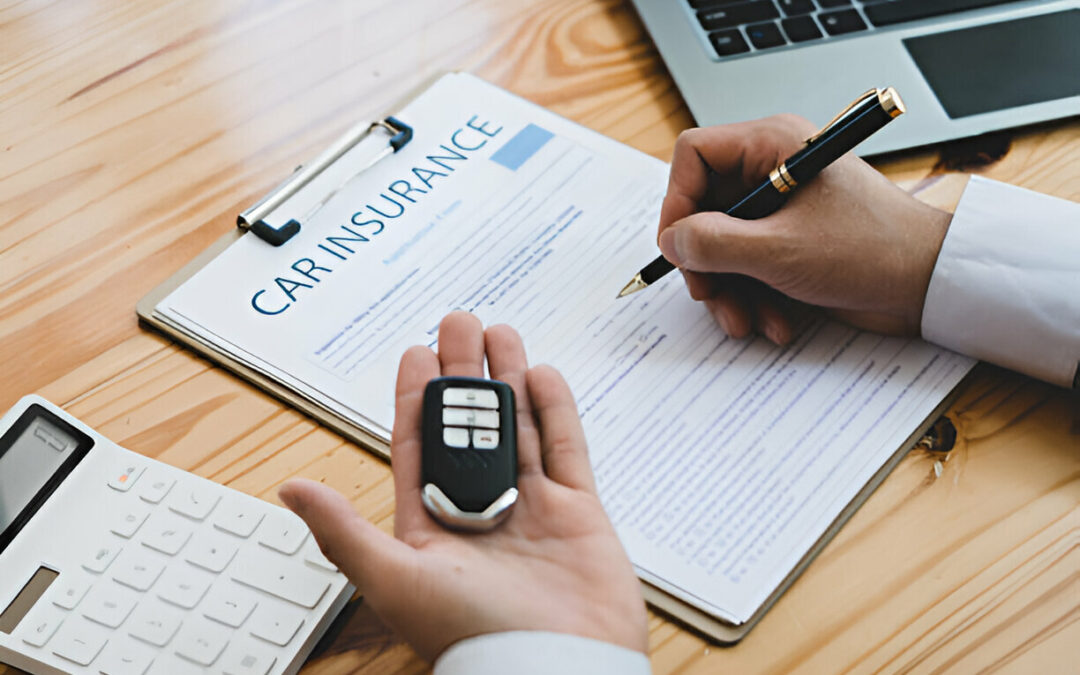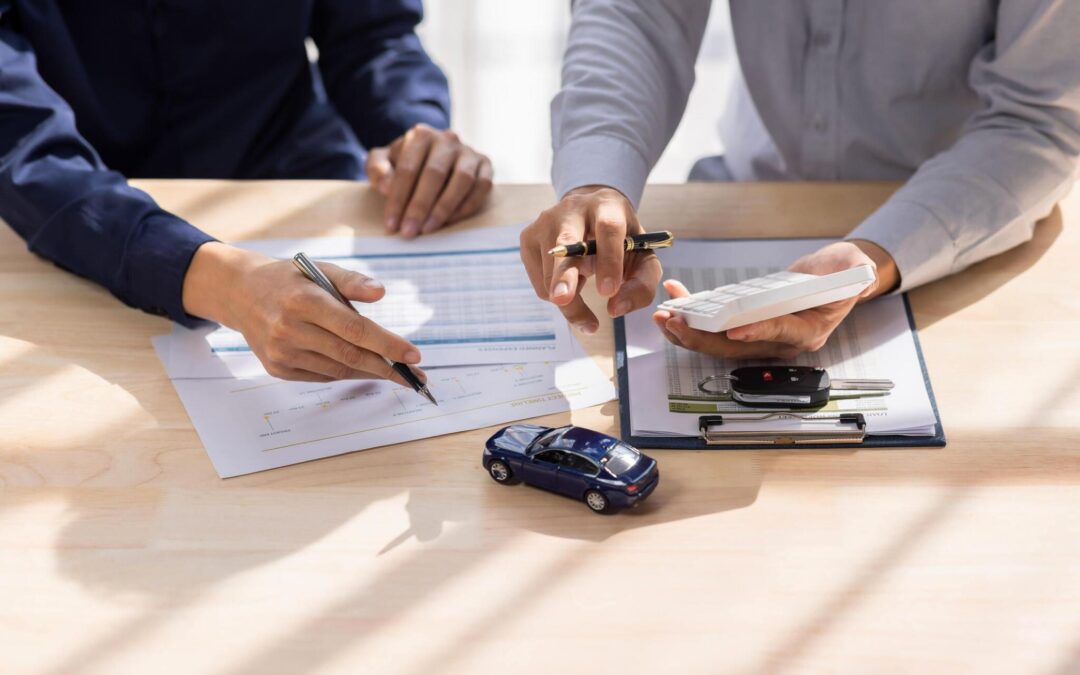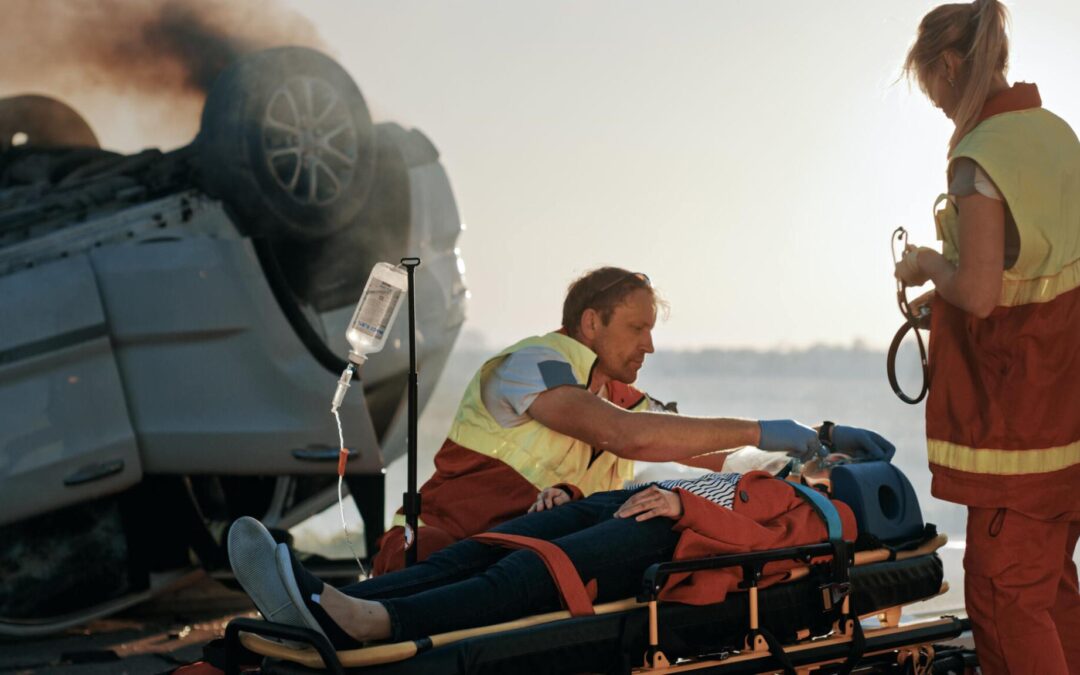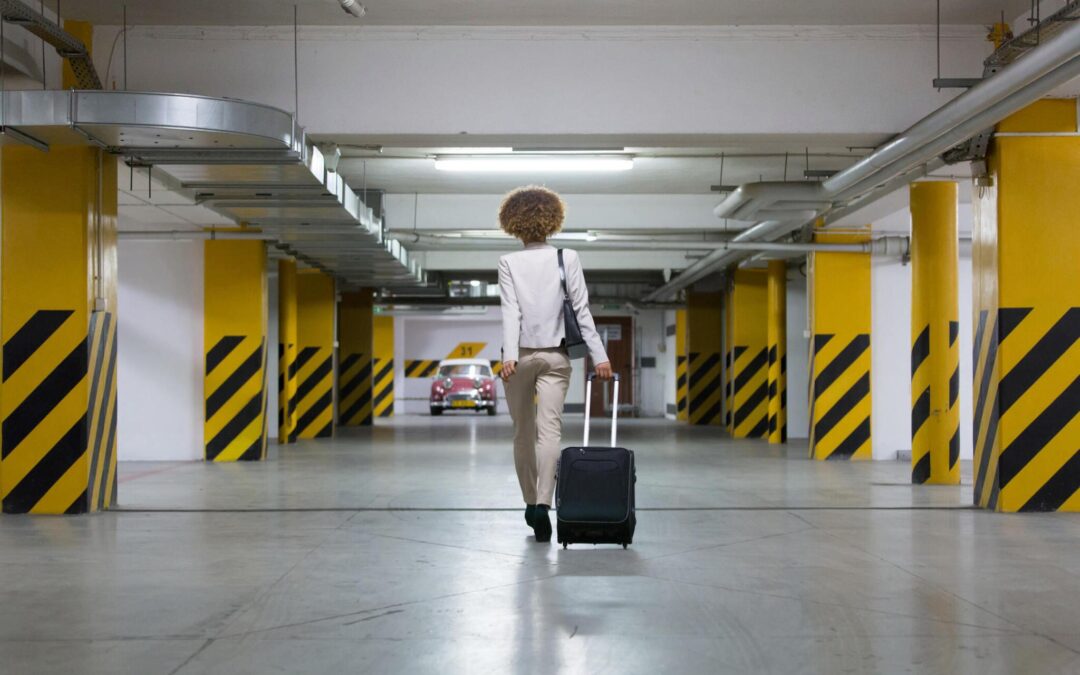In the aftermath of a car accident, determining fault is a critical factor that significantly impacts insurance claims and legal proceedings. A key aspect in this process is the analysis of vehicle damage, a practice often referred to as “car accident determining fault by location of damage.” While some cases may seem straightforward, others demand a closer examination of the intricacies involved in the location and extent of vehicle damage to establish liability.
In this blog, we will delve into the nuanced world of assessing car accident damage and how it serves as a pivotal element in determining fault.
How to Determine Fault in a Car Accident by Location of Damage
Vehicle damage often speaks volumes about the circumstances leading to a car accident. For instance, in a head-on collision, identifying which driver was on the incorrect side of the road is pivotal in establishing fault. However, not all cases are as clear-cut, as the damage might be ambiguous and point to multiple fault possibilities.
Consider a scenario where two vehicles collide at an intersection. If the impact is on the side of one vehicle, it may indicate that the driver failed to yield or ran a red light. On the other hand, damage to the front of the other vehicle might suggest a failure to brake or an attempt to speed through the intersection. By examining the location of the damage, investigators can piece together the sequence of events leading to the accident.
Moreover, assessing the angle and force of impact can help experts recreate the accident, offering valuable insights into who bears the responsibility. In cases where the damage is not immediately apparent, a thorough analysis by accident reconstruction specialists may be necessary to determine fault accurately.
What Is the Role of Car Accident Damage in Determining Fault?
The extent of damage resulting from a car accident plays a crucial role in deciding whether involving insurance companies is worthwhile. Minor damages that require inexpensive repairs might be more beneficial for the parties involved to settle privately. Opting for this approach can prevent a spike in insurance premiums, as filing a claim for minor damages could lead to higher future payments.
However, insurance companies must become actively involved when car accident damages involve severe property damage or bodily injury. This includes accidents where vehicles are totaled, personal belongings are destroyed, or severe injuries occur. It is essential to provide detailed information about the damages to your insurance carrier and attorney, as it helps in the fair assessment of liability.
For example, suppose a car rear-ends another at high speed, significantly damaging both vehicles. In that case, it may indicate that the driver who rear-ended the other was following too closely or driving recklessly. The severity of the damage often correlates with the degree of negligence and, consequently, the determination of fault.
How to Utilize Car Accident Damage as Evidence to Support Your Case
Proper documentation and collection of evidence are critical in building a solid case after a car accident. Following an accident, calling 911 and exchanging essential information, such as names, numbers, insurance details, and driver’s licenses, is the first step. Additionally, documenting the scene through photographs can immensely benefit insurance companies and attorneys involved in the case.
Photographs serve as visual evidence, helping to establish the conditions during the accident. Skid marks, road conditions, traffic signals, and the position of vehicles can all be captured through photographs, aiding investigators in reconstructing the events leading to the collision.
Police reports, medical records, and eyewitness statements contribute significantly to the evidence pool. The more information available, the better the chances of accurately determining fault. For instance, if a driver ran a red light and caused a T-bone collision, photographs of the intersection’s traffic signals, the police report, and any traffic camera footage can solidify the case against the at-fault party.
More: I’m Not Happy with My Settlement Offer. What Do I Do Now?
Schedule a Free Legal Consultation
In the aftermath of a car accident, where determining fault by the damage location is crucial, seeking legal guidance can be pivotal in navigating insurance disputes and ensuring fair compensation for damages. Pacin Levine, P.A., serving the Coral Gables area and beyond, is committed to evaluating cases, providing expert guidance, and fighting for the rights of those affected.
Contacting Pacin Levine, P.A. at (305) 760-9085 or 1-800-24-7-CRASH (2727) ensures a thorough assessment of your situation.


